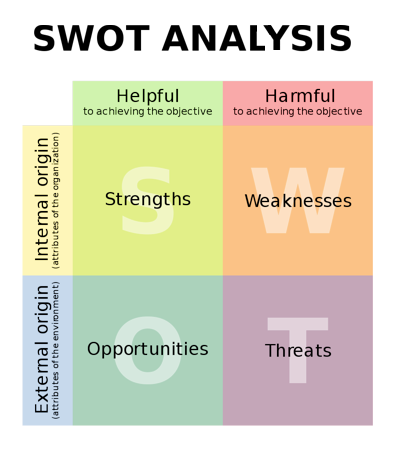
'Tis the season to give your staff and company a common purpose
As the calendar year-end approaches, why not combine your annual employee appraisals with your most ambitious company plans to create a united vision that everyone can buy into enthusiastically?
Playing for the same team
Staff reviews can be disconcerting for both sides. Employees fear having the net worth of their efforts and performance marked, judged and found wanting. Personnel managers struggle to turn negatives into positives - or feel uncomfortable when forced to threaten to turn negatives into something far worse unless they see definite improvements.
On the flip side of the coin, business owners who have to combine the roles of executive manager, financial planner, business developer and visionary leader of a small, close-knit team have probably been busy burning the midnight oil in another key area.

It is also their responsibility to plot a strategic road ahead for the good of the company, its stockholders, its customers ... but importantly also the job security and wellbeing of its workers. A common tool is the SWOT (strengths, weaknesses, opportunities and threats) analysis. Harnessing positive power of staff into the SWOT process can be an important opportunity.
The nearest many companies get to is the inclusion of closing appraisal questions along the lines of, "Is there anything else that you would like to tell me or discuss about your role here at the company? Are there any problems? Is anything bothering you?"
Too little, too late perhaps? From the staff perspective, the relationship is often such that they are apprehensive about being too forthright. It is a ritual where nobody really wins.

More positive approach
There is a better way. When we started to involve staff views in our strategic planning at Premier Accounts, colleagues understandably made some off-the-wall suggestions. "I would like a salary of £50,000 a year," being an example. Until we began to say, "OK. How shall we begin to plan to achieve that then?" The light went on.
Ensuring that all your staff are part of the process changes the focus quickly. Co-workers know that what they say is being taken seriously. Therefore, they take it seriously. Their views have weight. They are not by-standers.
We have seen this turn rapidly into a more positive and empowered attitude ... more smiles and a can-do approach to solving problems that used to upset but were ignored. Which is why 'appraisals' linked to strategic company planning will be a quarterly event in this office from now on.
A practical approach to appraisals
Appraisals are not a box to be ticked. Staff soon learn to ignore them if they are. Simplicity rather than complexity - using a simple appraisal form - is the key to successful staff performance reviews. It makes implementation more straightforward, relevant and easy to monitor meaningfully.
Treating appraisals as a key business driver alters the whole psychology of commitment and involvement. The aim must be to understand how employees feel about the business and jointly identify how their skills and learning capacity can be maximised to produce tangible improvements for the business in which they share an interest.
To underline the respect in which you hold the review process, create a friendly atmosphere and provide a level playing field. Holding review meetings off-site in a local cafe or hotel foyer can be good practice too. Allow plenty of time to reduce the pressure and don't try to cram too many meetings into a single day as if the process is a production line.
Make individual members of staff feel special. You can reinforce this by emphasising that review times are sacrosanct and will not be postponed for anything other than the most pressing reasons.
If, as the business leader, you are convinced about the value of performance reviews, it is often prudent to carry them out yourself while they become embedded in your business culture. If conducted by another manager, try to make a point of being present. This sends an important message. It also helps you to better understand where improvement time and effort can be best spent.

SWOT analysis and strategic review
Regular, and hopefully enjoyable, staff reviews will now feed continuously into Premier Accounts strategic business planning.
To verify the value of this, we recently asked staff members to let us know what they would like our business to look like in ten years' time, and their future role in it. Reassuringly, their ambitions are not dissimilar to the company's. So why not build the two together?
A key part of a good SWOT analysis is to include a 'Big Hairy Audacious Goal'. In other words, not being afraid to have a stimulating goal to work towards.
When our colleagues are able to contribute to this directly - and have an opportunity to plot a practical course towards achieving their own 'dream' objectives - it is gratifying how swiftly they step up to the common corporate plate to make a serious difference.
Chris Williams
Managing Director
Premier Accounts & Consultancy Limited

